California Native Gardening
Quick links: Inspiration | Containers | Selection | Planting | Watering | Maintenance | Propagation | References
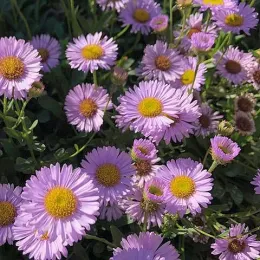
Many California native plants thrive with little water, no pesticides and no fertilizer. They can be the best choice to provide food and shelter for native birds, butterflies, bees and more.
We enjoy a very special climate, with dry summers and mild winters. In the wild, native plants take care of themselves. In the home garden, they may require less maintenance than plants from other regions but will look their best with the right attention at the right times.
See below for tips on how to be successful with California natives in your garden.
Inspiration
If you've read this far, you're probably interested in native plants and wondering how they could fit into your existing garden or, if you're starting a new garden, looking for help creating a landscape with natives that you will love to live in.
A great way to get started is to visit public gardens that feature native plants. You can see fully grown plants and find plants that interest you and would work in your garden.
- San Carlos Native Plant Habitat Garden (a Master Gardener project) (map)
- Edgewood Native Garden at the Edgewood Park & Natural Preserve is next to the Education Center and is an accessible showcase of Edgewood's beautiful plants. (map)
- San Francisco Botanical Garden has a section devoted to California, with many mature plants and extensive information on the website.
- Find more gardens throughout our area: Public Native Plant Gardens in Bay Area
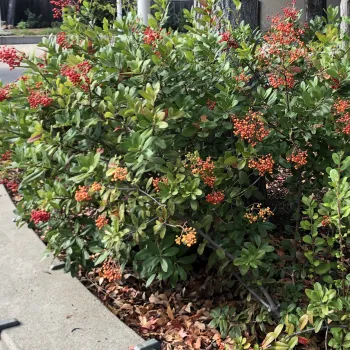
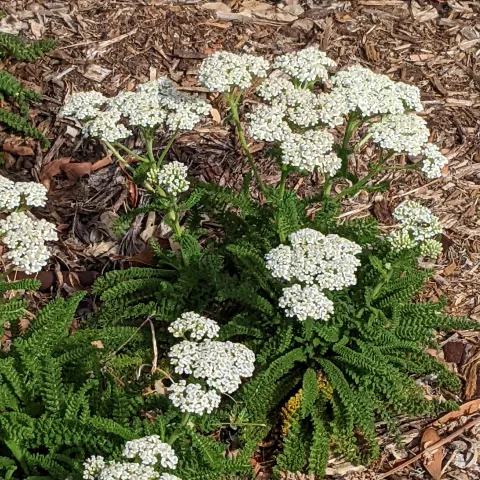
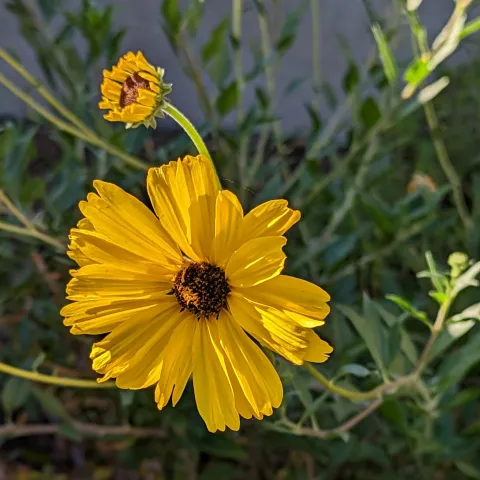
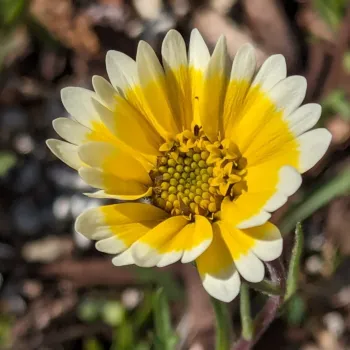
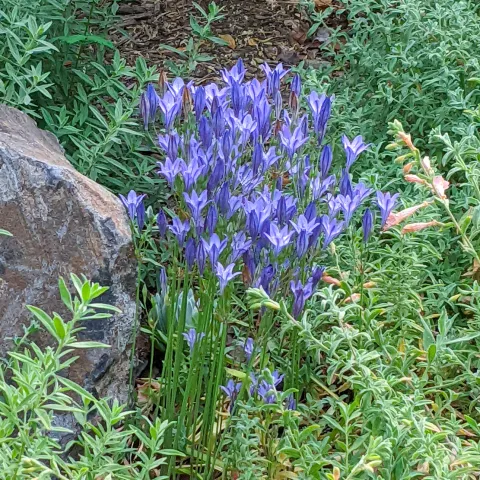
Container gardening with native plants
Yes, you can grow natives in containers! The Laurel Street Container Garden includes many native plants. Look for plants with shallow roots or plants that are listed as doing well in containers. These two articles cover the basics: Native Plants for Containers (PDF, Theodore Payne Foundation) and Patio and Container Gardens (CNPS). And, Container Gardening with Keystones (Homegrown National Park) has a list of container plants for our area.
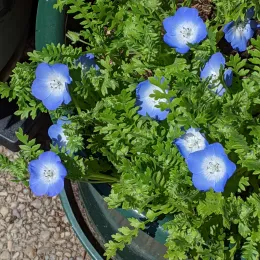
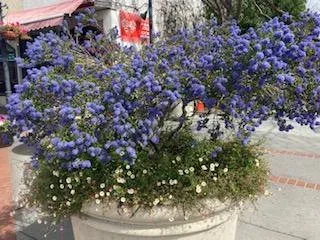
Selection
"Right plant, right place." -- If you're choosing a native plant for an existing landscape, be sure to check its water needs. Some native plants will do fine with "regular water", but many will struggle. It's always good practice to group plants together that have similar water needs and it's crucial for plants that are adapted to summer-dry conditions.
- Getting Started with Native Plants
- Native Planting Guides by California Regions
- Calscape Garden Planner
- Search on the Calscape website (calscape.org) using your Zip Code to find native plants adapted to your area. The advanced search feature makes it easy to find plants suitable for different situations.
- San Mateo County RCD Local Native List (11x17 format, originally from http://www.sanmateorcd.org/)
Some non-native plants spread into wild areas and crowd out the natives. If you're making changes to your landscape, consider replacing any plants that are on these lists:
Planting
The article Planting California Natives (from UC Master Gardeners of Alameda County) includes "Nine Native Planting Tips". The video below is linked in that article and covers the basics for a typical plant.
Watering
Be sure to water your native plants until they are "established" (1-2 years). Most native plants are "drought tolerant" because they develop deep roots that can reach underground moisture. Until those roots have grown, they need additional water to mature quickly in the garden.
For a concise description of how to water after planting, see the section "Establishment and Watering" in the Theodore Payne Foundation Planting Guide.
Maintenance
Most native plants look best if allowed to grow in their natural shape, and require only occasional pruning or deadheading to be healthy and tidy in the garden.
Deadheading
Deadheading can produce more blooms. Find a balance to support pollinators (with nectar) and birds (with seed).
When removing spent flowers, consider the value of the seeds to wildlife. If you leave the flowers on the plant so the seeds can mature, they can feed the birds. One approach is to deadhead a portion of a large plant and leave the rest. Another is to drop the cuttings (after the seeds mature) on the ground near the plant where birds can forage.
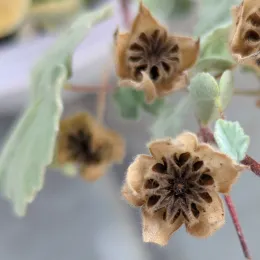
Propagation
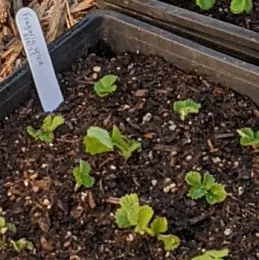
Most people get started by buying container-grown plants. If you want more plants, or want to share your plants with friends, you may want to learn how to propagate them.
Calscape gives brief information for most plants about typical propagation methods. If you buy seeds, the packet usually comes with instructions. Helen Popper's book (in the references below) discusses when to plant and when to take cuttings of many types of plants. The article "California Native Plant Propagation" (CNPS) gives details about how to collect your seeds and process them.
This California Native Plant Propagation Calendar shows when to propagate a selected list of plants using straightforward techniques. A step-by-step guide to propagating native plants from cuttings is available here.
For growing wildflowers, see our introductory guide: Gardening with California Native Wildflowers.
References
Websites
- California Native Plant Society (CNPS)
- Calscape - plant database for gardeners
- Bloom! California - great place to get started
Books
The CNPS Santa Clara chapter has an online list of "fundamental books". They stock some books for sale during chapter plant sales.
- California Native Plants for the Garden, by Carol Bornstein, David Fross, Bart O'Brien, 2005. Cachuma Press (Out of print -- may be available from CPNS chapter sales or used. SM/SF public libraries have many copies to borrow.)
- California Native Gardening: A Month-by-Month Guide, by Helen Popper, 2012. University of California Press
- The Drought-Defying California Garden: 230 Native Plants for a Lush, Low-Water Landscape, by Greg Rubin, Lucy Warren, 2016. Timber Press
- Smith, M. Nevin. Native Treasures: Gardening with the Plants of California. University of California Press, 2006.
- Reimagining the California Lawn: Water-conserving Plants, Practices, and Designs, by Carol Bornstein, David Fross, Bart O'Brien, 2015. Cachuma Press (Out of print -- available used)
- Wild Lilies, Irises and Grasses: Gardening with California Monocots, Nora Harlow, Kristin Jakob, editors, 2003. University of California Press (Out of print -- available used)
Author: Cathrin Callas, UC Master Gardener Volunteer
All photos are by the author.
Revised: 3/28/2025
